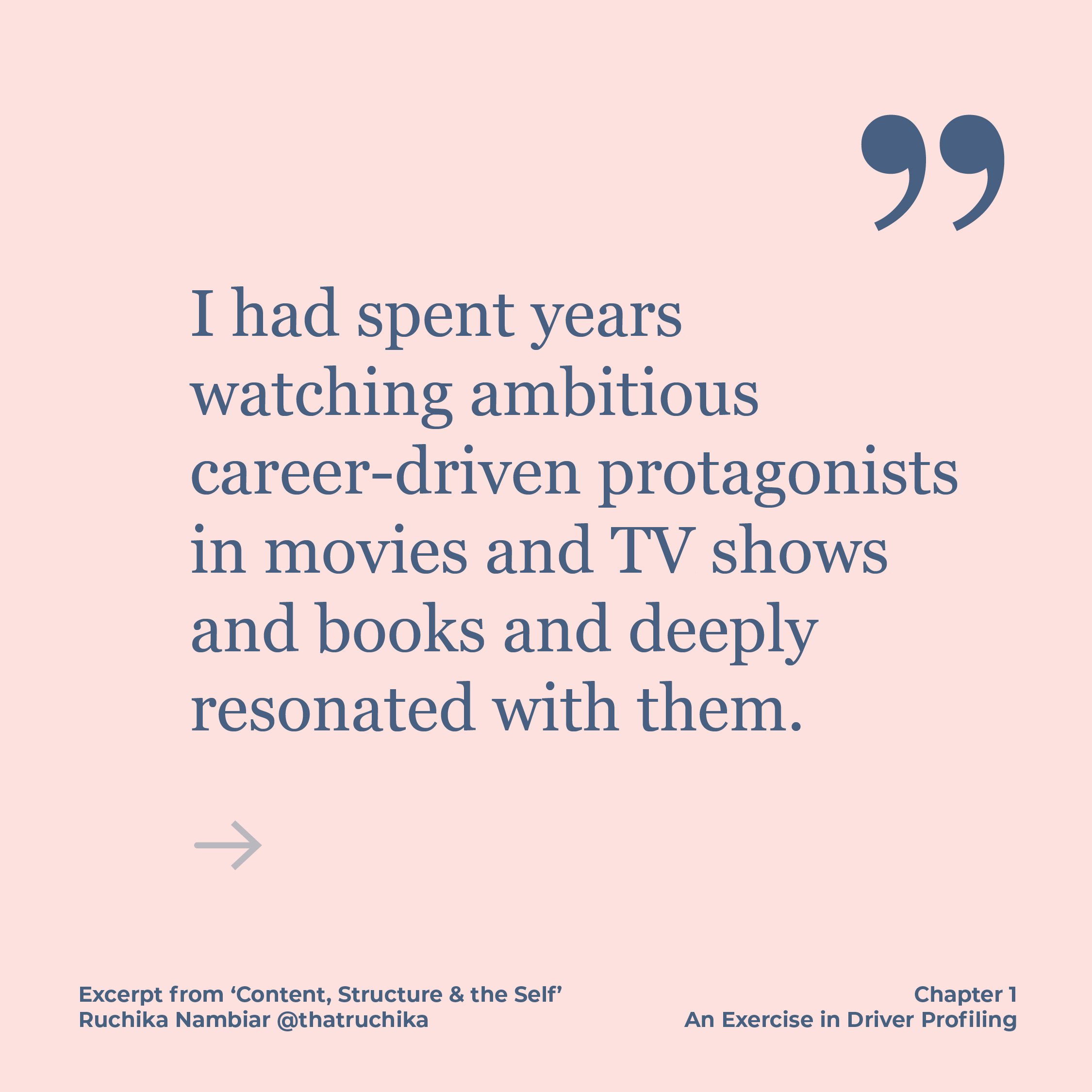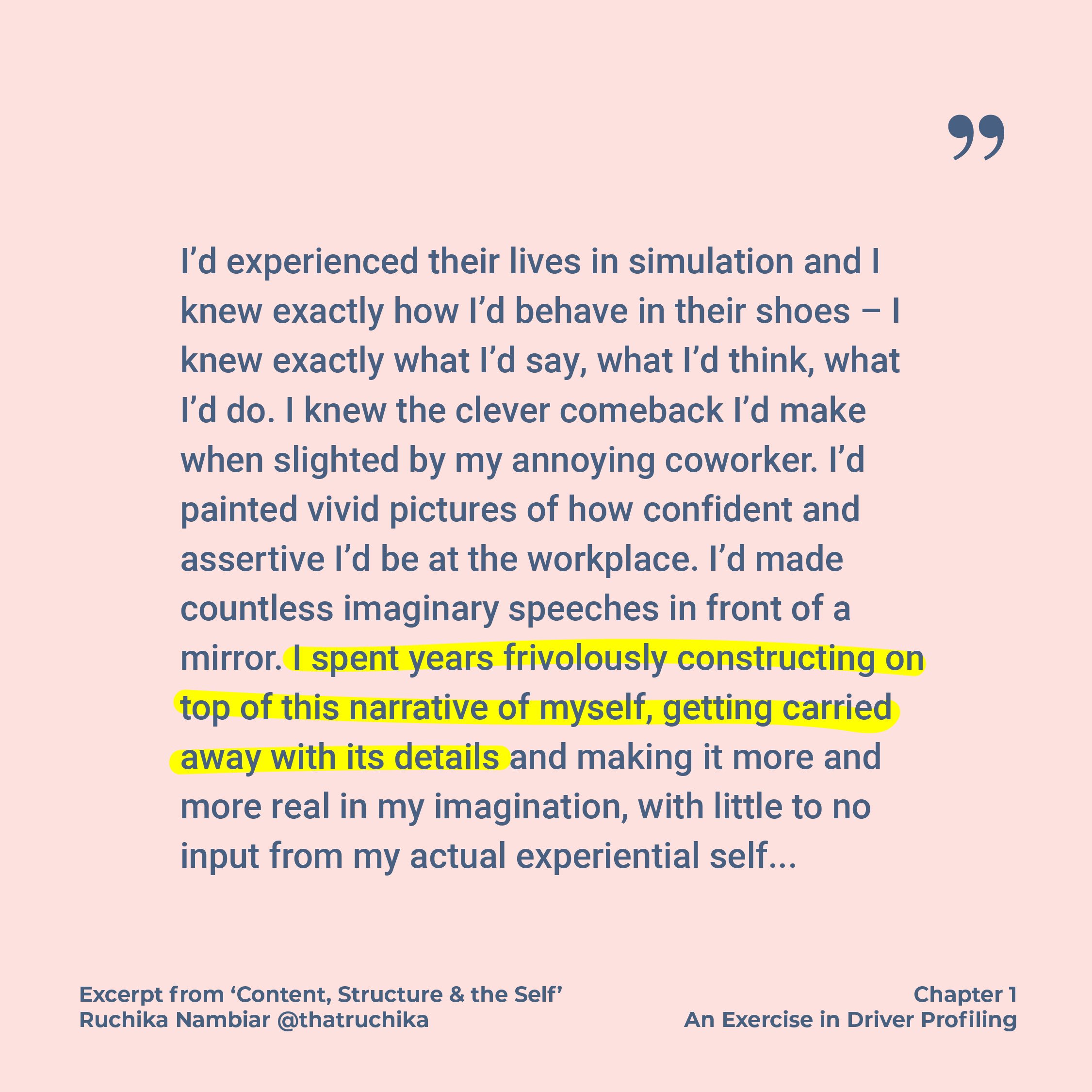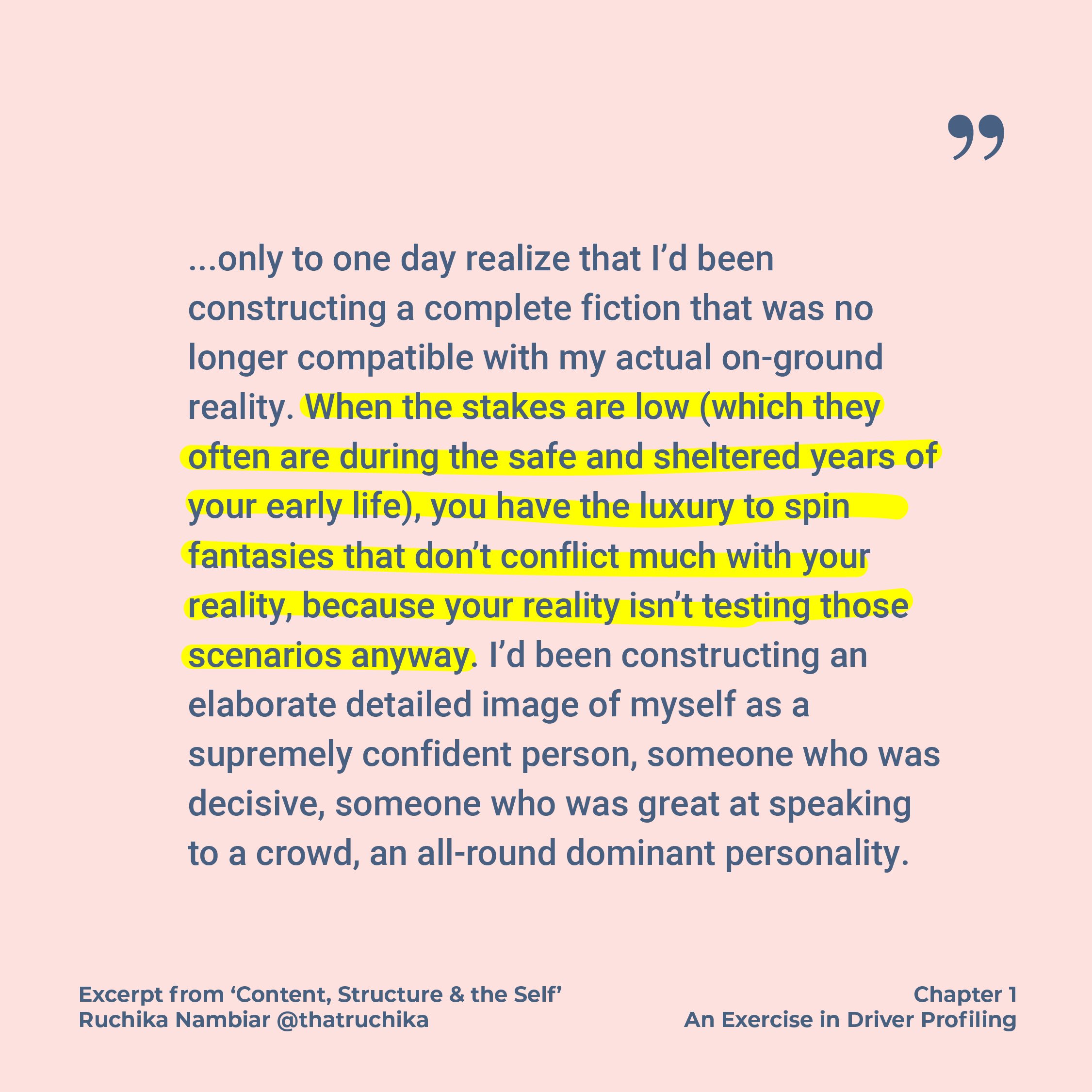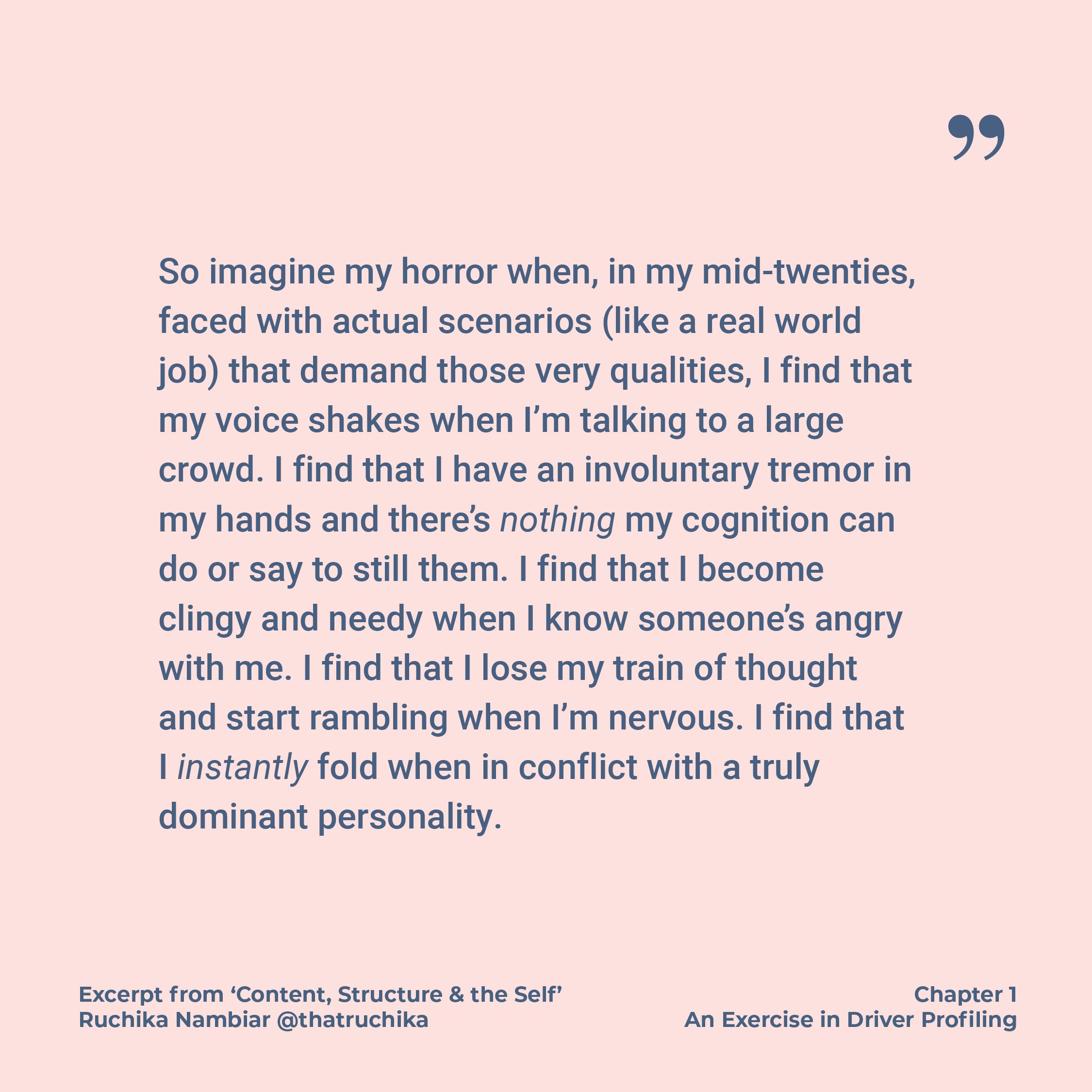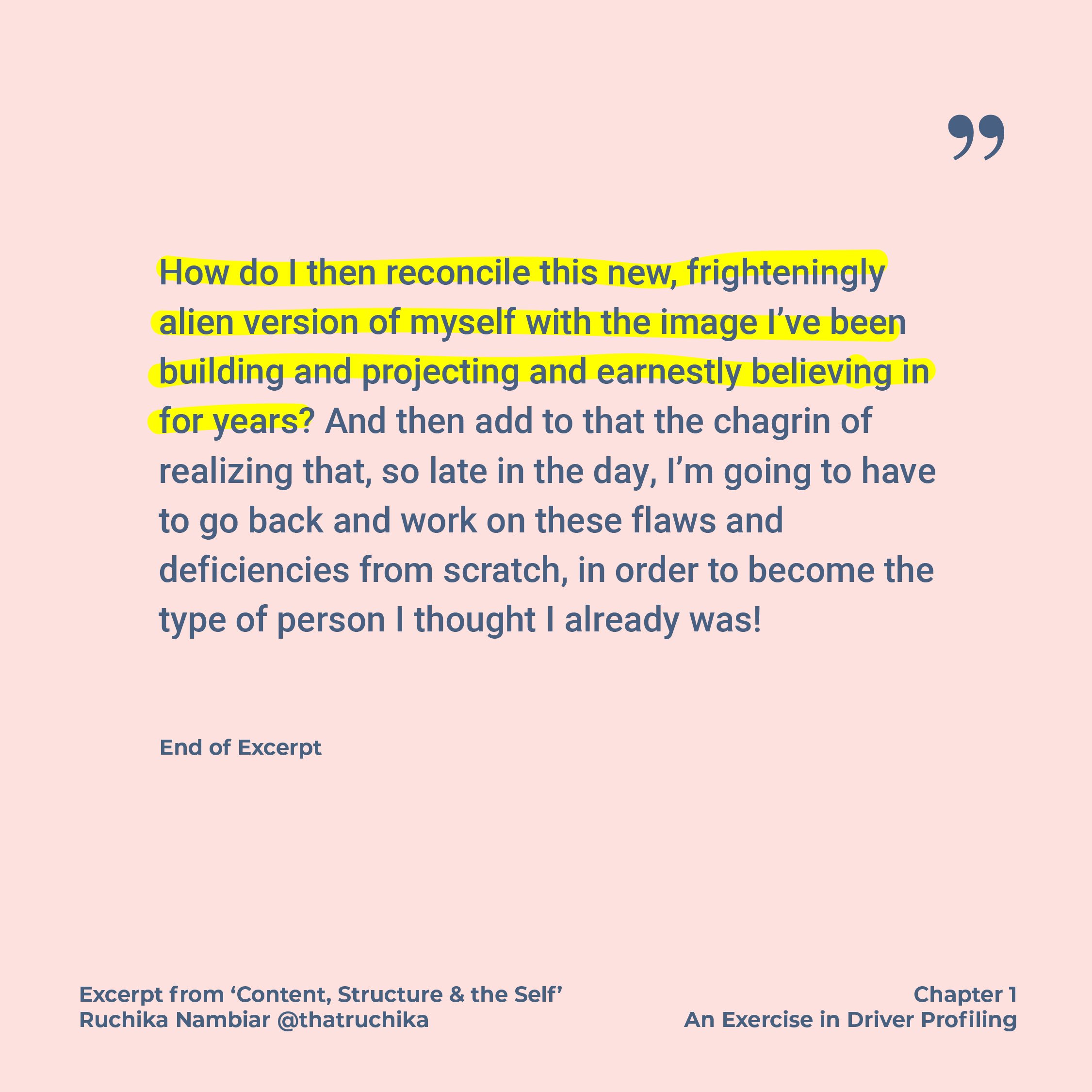In a Nutshell
There’s always a gap between living an experience and then translating such experiences into concepts upon which we structure our world. The more far-removed our representations are from experience itself, the more distorted and flawed the world we build on top of those representations.
This book studies how our cognition processes our experience. How does our cognition translate experiences into concepts, how do we store that knowledge in the media we produce and how do the resulting conceptual frameworks in turn hinder our ability to effectively navigate our own experience? In what ways are we unknowingly handicapped by the knowledge we gain from the media and narratives we consume? In what ways are such narratives structurally incapable of producing knowledge forms that are actionable? Furthermore, how can we develop a new three-dimensional vocabulary to visualise and study the structure of our experiences?




